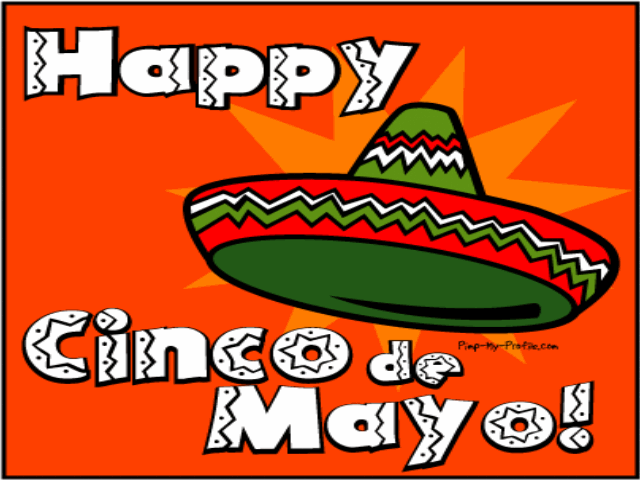Maru Montero’s young dancers know that of all their performances each year, none is as special as the one they give the first week of every May.
As Montero puts the girls through rehearsals of the zapateado, the Mexican-born folk dancer urges them to focus on staying in sync, on shaking their skirts and on smiling.
On Saturday, they will be featured in the National Cinco de Mayo Festival, and all that they have learned under her tutelage will be on display.
“I won’t be in front of you when you are onstage,” Montero reminds the young girls. “Big smile! Always remember to smile!”
Montero, 50, started the Cinco de Mayo celebration 20 years ago with performances at local schools. Now thousands come to the free festival, held at the Sylvan Theater at the base of the Washington Monument.
“She wanted to have a festival where the children could talk in Spanish and English, and where they could learn about their culture,” said her younger brother, Marcos Montero, who learned to dance with her.
With music, games and sombreros, the event became a taste of Mexican heritage. Over the years, as the area’s Hispanic community grew more diverse, Montero expanded the presentations to include folklore from across Latin America.
“On Cinco de Mayo, we are all Latinos,” Montero said. “Of course, we celebrate a very important battle that the Mexicans won against the French, but this is everybody’s holiday. It is more widely celebrated in the United States than it is in Mexico.”
On Cinco de Mayo — Spanish for May 5 — Mexico remembers the courage of 4,000 Mexican soldiers who defeated 8,000 French troops in the state of Puebla on May 5, 1862. The victory became a symbol of unity and identity.
In the United States, the day is celebrated with festivals and parades, beauty pageants and cooking contests. In Washington, Montero’s festival gives a stage to local folklore talent and young children of different ethnic backgrounds.
A native of Oaxaca, Montero became passionate about folklore in sixth grade when she joined an amateur dance group.
“I danced and danced and danced. . . . I loved the discipline and the camaraderie in the group,” Montero recalled. “I learned ballet, contemporary dance and Latin American folklore.”
In high school, she auditioned for Amalia Hernandez, an icon of Mexican folkore and founder of the Ballet Folklorico de Mexico. Soon after, she became a lead dancer with the Ballet Folklorico, which took her to perform across Mexico and abroad.
In 1987, Montero settled in Washington with her husband, Peter Copeland, an American journalist she met in Mexico City. Her plans were to go to college and find another career, but she soon was back on the dance floor.
“I brought only a pair of dance shoes with me, because I had other ideas in mind,” Montero said. She took English classes, got her GED and taught Spanish for a year.





No comments:
Post a Comment